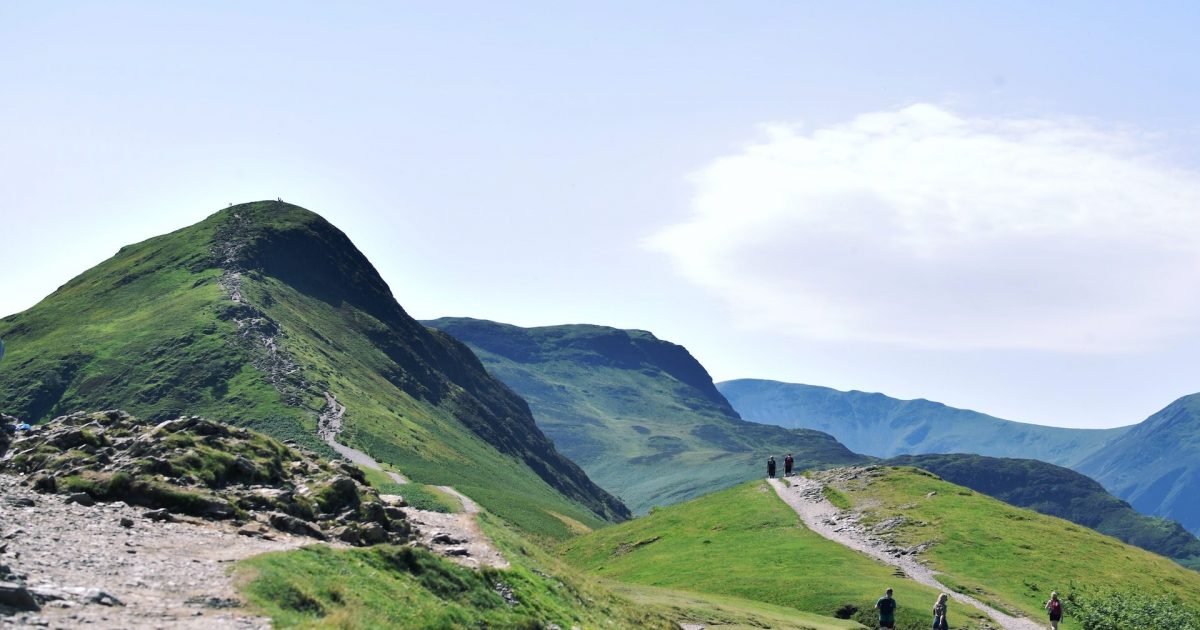Public understanding of the critical role played by the infrastructure that connects people, places, and nature has developed rapidly in recent years. In our last report, we advanced further, developing a deeper understanding of how one key component of the infrastructure of access to nature, the public right of way (PRoW) network is distributed across neighbourhoods and socioeconomic groups in England and Wales. We highlighted that PRoW provision is deeply unequal across England and Wales with lower-income and more ethnically diverse communities having less access to PRoW. In this report, we explore further what this inequality means for health and wellbeing outcomes in England and Wales, and how government policy solutions might close the gap.
As PRoW represent only one component of the wider ‘walkable network’, which also includes pavements and other paths provided on a permissive (ie non-statutory) basis, alongside open access land and parks, isolating the impact of the presence of PRoW presents challenges. Here we use a logistic regression model to build a statistical relationship between PRoW provision and visits to green spaces using active travel modes (walking, cycling, and mobility aids) as reported in national surveys. We show that after controlling for other key influences on visits to green space such as dog ownership, income level, and age, the presence (or lack) of PRoW has a strong statistical correlation with physical activity in green space. We further highlight that the greenness of the walking route itself, and the surrounding area, are also associated with greater physical activity in nature. Given the known health and wellbeing benefits of physical activity in nature, this suggests that the inequality in PRoW provision in England and Wales likely drives inequity in social outcomes.
Having strengthened the evidence on this link, we then focus on how our database of PRoW provision, and the preferred features of paths, might be used to support targeting of government interventions aiming to improve the social outcomes derived from nature. In particular, we highlight the communities across England and Wales deprived of access to PRoW, and/or access to green walking experiences. These communities include deep urban communities, mostly in the north, as well as some rural communities found particularly on the east coast of England. While these communities represent good areas to focus policy activity and funding, expanding access to the benefits of physical activity in nature is a complex matter, and always highly context specific.
To build on our data-led understanding of the relationship between people and their paths we dive deeper into four case study regions: southeast Wales, West and South Yorkshire, Devon and Dorset, and the West Midlands Combined Authority (CA). Through these case studies, informed by further data on local physical activity derived from the Strava Metro dataset, we show the features of paths and PRoW which seem to encourage physical activity. In particular, we highlight the importance of off-road, linear green corridors, connecting the inner city with the rural periphery, and often running beside water courses, for the population’s physical activity in nature. We highlight that PRoW are generally the public’s favoured form of path (where they are available), seemingly because they are more likely to hold some or all of these features. Despite this, some key areas of England and Wales are critically deprived of PRoW. We highlight the case of the West Midlands CA, where PRoW are often lacking and, where available, are generally fragmented and less green than some of the other urban case studies we highlight.
Inadequate provision of paths, as evidenced through PRoW, clearly represents a key barrier to communities’ physical activity in nature in deprived areas of England and Wales. We show that this lost value can be put in monetary terms, using established ‘wellbeing valuation’ metrics. While attempts to put a pound value on social and natural goods should be approached with caution, the levels of value we illustrate further reinforce the case for proactive policy intervention.
We present our proposed Green Walking Fund. This fund aims to resource local places to equalise and expand access to nature through the provision of walking infrastructure. Where the PRoW network can be expanded, it should be prioritised in supporting people’s ability to access nature closer to home. However, for places where PRoW expansion might not always be possible, notably in deep-urban communities where barriers are physical (ie availability of space), social, and political, future improvements to the walkable network should include the preferred features of paths, as identified, which drive physical activity in nature.
We set out a call for £650m of funding per year (£12 per person), and equivalent, additional, Barnett consequentials for the devolved nations, targeted at several key policy objectives, including:
- Resourcing placed-based understanding and intervention on access to nature. Central government funding provided to every local authority in the country sufficient to cover the costs of two Rights of Way officers per local authority, or two Rights of Way officers per 100,000 people, whichever is greater.
- Equalising access. Central government funding, distributed based on need, aimed at equalising access to nature in areas currently underserved by the existing walkable network. We are calling for an investment fund of £400m per year, sufficient to construct and maintain 2km of new footpath, develop green walking routes for urban communities, and bring paths in disrepair back into use in ‘hard to build’ areas in 100 local authorities every year (ie. 200km in total).
- Restoring access. Central government funding, distributed competitively by application, to local authorities seeking support to bring lost historic and obstructed paths back into use, or replace lost paths in strategically valuable locations. We are calling for an investment funding pot of £100m per year, sufficient to construct and maintain 400km of new PRoW or urban green routes, and sufficient funds to improve the existing network in ‘easy to build’ locations every year.
Image: Unsplash/Matthew Waring


